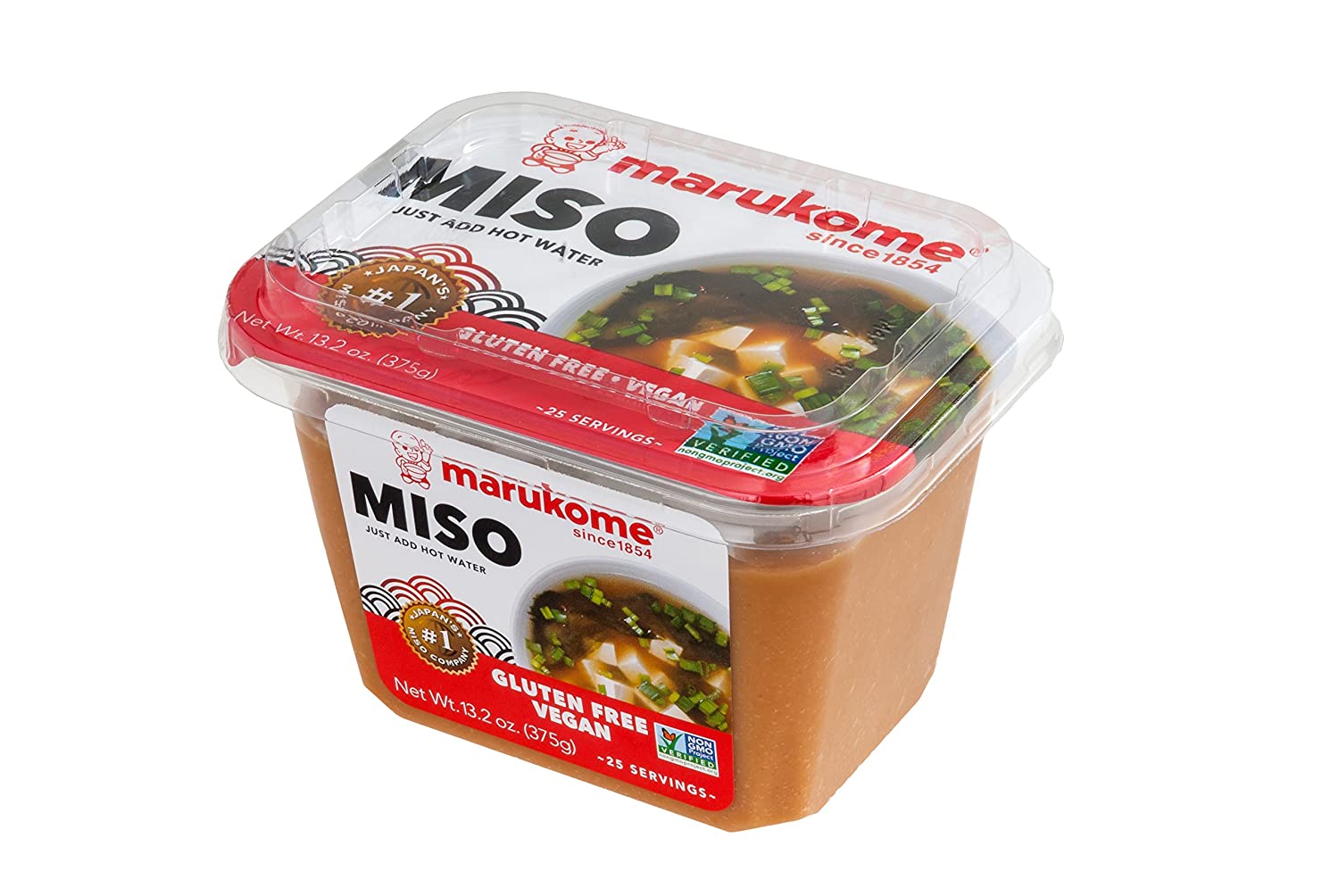

Articles
How To Store Miso Paste
Modified: January 6, 2024
Learn the best methods for storing miso paste and keeping it fresh for longer. Read our informative articles on proper miso paste storage techniques.
(Many of the links in this article redirect to a specific reviewed product. Your purchase of these products through affiliate links helps to generate commission for Storables.com, at no extra cost. Learn more)
Introduction
Miso paste is a traditional Japanese condiment known for its rich umami flavor. Made from fermented soybeans, rice, or barley, miso paste is commonly used in a variety of dishes such as soups, marinades, and dressings. Its unique flavor profile and versatility have made it a popular ingredient in both Japanese cuisine and beyond. However, to fully enjoy the flavors and benefits of miso paste, proper storage is essential.
In this article, we will explore the importance of storing miso paste correctly and discuss the factors to consider for optimal storage. We will delve into the different types of containers suitable for storing miso paste and outline the ideal storage conditions. Additionally, we will provide you with step-by-step instructions on how to properly store miso paste to maximize its shelf life. Finally, we will share some valuable tips to help you prolong the freshness of your miso paste.
Whether you are a miso connoisseur or new to this culinary delight, understanding how to store miso paste will ensure that you savor its complex flavors and reap its nutritional benefits for a longer period. So, let’s dive in and discover the best practices for storing miso paste!
Key Takeaways:
- Proper storage of miso paste is crucial to preserve its rich umami flavor, nutritional benefits, and prevent spoilage. Follow airtight container, cool temperature, and cleanliness guidelines for optimal storage.
- Refrigeration is the best way to extend the shelf life of miso paste, maintaining its freshness and flavor. Avoid cross-contamination, keep the lid tightly sealed, and monitor for spoilage to maximize its longevity.
Read more: How To Store Miso Paste After Opening
What is Miso Paste?
Miso paste is a traditional Japanese condiment that has been used for centuries in Japanese cuisine. It is created through the fermentation process of soybeans, rice or barley, salt, and a koji culture, which is a type of mold responsible for the fermentation process. The mixture is aged for varying lengths of time, which can range from a few weeks to several months. The result is a thick, flavorful paste with a complex, savory taste known as umami.
Miso paste comes in a range of colors, flavors, and textures, depending on the ingredients used and the fermentation process. The most common types of miso paste include white miso (shiro miso), yellow miso (shinsu miso), and red miso (aka miso). White miso, with its mild and slightly sweet flavor, is often used in lighter dishes like dressings and soups. Yellow miso has a slightly stronger flavor and is ideal for marinades and glazes. Red miso, on the other hand, has a rich, intense flavor and is frequently used in hearty soups and stews.
Aside from its distinctive taste, miso paste also offers numerous health benefits. It is packed with essential amino acids, vitamins, and minerals, including vitamin B12, zinc, and manganese. Miso paste is also a good source of probiotics, which promote a healthy gut and improve digestion. Its high antioxidant content helps fight free radicals and reduce inflammation in the body. Additionally, miso paste is low in calories and fat, making it a nutritious addition to a balanced diet.
Due to miso paste’s fermented nature, it contains live bacteria that aids in the digestive process and boosts the immune system. These beneficial bacteria, known as probiotics, play a crucial role in maintaining gut health and overall well-being. Incorporating miso paste into your meals not only adds depth of flavor but also provides a host of nutritional benefits.
Now that we have an understanding of what miso paste is and its many benefits, let’s explore why proper storage is vital to preserve its quality and flavor.
Why Proper Storage is Important
Proper storage of miso paste is crucial to maintain its quality, flavor, and nutritional value over time. While miso paste has a long shelf life, improper storage can lead to changes in taste, texture, and even spoilage. Here are some key reasons why proper storage is important for miso paste:
- Preservation of Flavor: Miso paste contains delicate flavors that can be compromised if not stored correctly. Exposure to air, light, heat, or moisture can cause the paste to oxidize and develop off-flavors. By following proper storage practices, you can ensure the flavor profile of the miso paste remains intact for a longer period.
- Prevention of Spoilage: Miso paste is a fermented product, and while this fermentation process helps preserve it, it is still susceptible to spoilage. If stored improperly, the paste can develop mold or an unpleasant odor, indicating that it has gone bad. Proper storage techniques can help prevent spoilage and maintain the freshness of the miso paste.
- Retaining Nutritional Value: Miso paste is not only flavorful but also packed with essential nutrients. However, poor storage conditions can lead to the breakdown of these nutrients, resulting in a loss of nutritional value. By storing miso paste properly, you can help preserve its nutritional content and enjoy its health benefits.
- Cost-Effective: Proper storage practices can help prolong the shelf life of miso paste, allowing you to use it over an extended period. This can save you money by reducing waste and avoiding the need to restock frequently.
Now that we understand the importance of proper storage for miso paste, let’s explore the factors to consider when storing miso paste to ensure its longevity and quality.
Factors to Consider When Storing Miso Paste
When it comes to storing miso paste, several factors should be considered to maintain its freshness and quality. By paying attention to these factors, you can ensure that your miso paste stays flavorful and usable for a longer period. Here are the key factors to consider when storing miso paste:
- Airtight Container: Miso paste should be stored in an airtight container to prevent exposure to air. Oxygen can cause oxidation, which can lead to off-flavors and spoilage of the paste. Ensure that the container has a tight-fitting lid to create a seal and keep the miso paste fresh.
- Temperature: Temperature is crucial for storing miso paste. It is best to store miso paste in a cool and dark place, away from direct sunlight and heat sources. Room temperature is generally suitable for short-term storage, but for longer shelf life, refrigeration is recommended.
- Moisture: Moisture can lead to the growth of mold in miso paste. It is essential to keep miso paste dry and away from humid environments. Avoid storing miso paste near the stove or any area prone to condensation.
- Contamination: Proper hygiene practices are essential when handling miso paste. Always use clean utensils to scoop out the paste and avoid introducing contaminants. Make sure the container is clean before storing the miso paste to prevent cross-contamination.
- Consistency: Miso paste tends to become thicker and drier over time due to moisture loss. If the miso paste becomes too dry, it may not be as appetizing and might affect the texture of your dishes. Keep an eye on the consistency and add a small amount of water if necessary to maintain it.
By considering these factors and implementing proper storage practices, you can extend the shelf life of your miso paste and ensure its quality remains intact. In the next section, we will explore different types of containers suitable for storing miso paste.
Types of Containers for Storing Miso Paste
Choosing the right container for storing miso paste is essential to maintain its freshness and quality. The container should provide an airtight seal to prevent exposure to air, moisture, and contaminants. Here are some types of containers commonly used for storing miso paste:
- Glass Jars: Glass jars with tight-fitting lids are an excellent option for storing miso paste. They are transparent, allowing you to easily see the contents and monitor the paste’s condition. Glass jars are also non-reactive, ensuring that the flavor and integrity of the miso paste are preserved.
- Ceramic Containers: Ceramic containers, such as crocks or jars, are another popular choice for storing miso paste. They provide excellent insulation and protection against light and temperature fluctuations. Choose ceramic containers with a well-sealing lid to maintain the paste’s freshness.
- Plastic Containers: Plastic containers with airtight lids can be suitable for storing miso paste, especially for short-term storage in the refrigerator. However, make sure to choose BPA-free and food-grade plastic containers to avoid any potential chemical leaching.
- Vacuum Seal Bags: Vacuum seal bags are a space-saving option for storing miso paste. They remove the excess air, creating a tight seal that helps preserve the paste’s quality. Ensure that the bags are specifically designed for food storage and are airtight.
Regardless of the type of container you choose, it’s crucial to make sure it is clean and dry before storing the miso paste. Additionally, label the container with the date to keep track of its freshness and rotation.
Now that you know the types of containers suitable for storing miso paste, let’s move on to discussing the ideal storage conditions for miso paste.
Store miso paste in an airtight container in the refrigerator to maintain its flavor and freshness. It can last for up to a year when stored properly.
Read more: How To Store Guava Paste
Ideal Storage Conditions
To ensure the longevity and quality of miso paste, it is important to store it under ideal conditions. Proper storage conditions will help preserve its flavor, texture, and nutritional value. Here are the ideal storage conditions for miso paste:
- Temperature: Miso paste should be stored in a cool environment. The ideal temperature range for storing miso paste is between 32°F (0°C) and 50°F (10°C). Avoid extreme temperatures, as both heat and cold can compromise the taste and quality of the paste.
- Humidity: Miso paste should be stored in a dry environment. Excessive moisture can lead to the growth of mold and spoilage. Avoid storing miso paste in areas with high humidity, such as the kitchen near the sink or stove.
- Light Exposure: Miso paste should be protected from direct sunlight and artificial light. Light exposure can cause oxidation and affect the flavor of the paste. Store miso paste in a dark place or opt for opaque containers to shield it from light.
While room temperature storage is suitable for short-term use, it is recommended to refrigerate miso paste for longer shelf life. Storing miso paste in the refrigerator provides a consistently cool and stable environment, extending its freshness and quality.
It’s worth noting that miso paste tends to darken and intensify in flavor over time, which is a natural progression of the fermentation process. This is especially true for darker varieties like red miso. However, it does not necessarily indicate spoilage as long as the paste smells and tastes pleasant.
Now that we know the ideal storage conditions for miso paste, let’s move on to the steps for properly storing miso paste.
Steps for Properly Storing Miso Paste
To ensure that your miso paste remains fresh and flavorful for an extended period, follow these steps for proper storage:
- Choose the right container: Select an airtight container suitable for storing miso paste, such as a glass jar or ceramic crock. Make sure the container has a tight-fitting lid to create a seal and prevent air and moisture from entering.
- Clean and dry the container: Before storing miso paste, ensure that the container is clean and dry. Any residue or moisture can promote mold growth and affect the quality of the paste. Wipe the container with a clean cloth or wash it with hot, soapy water, then thoroughly dry it.
- Scoop the miso paste: Using a clean utensil or spoon, scoop the desired amount of miso paste from the original packaging into the storage container. Avoid introducing any contaminants, such as food particles or utensils that have been in contact with other ingredients.
- Seal the container: Once the miso paste is in the container, ensure that the lid is tightly sealed to create an airtight environment. This will help prevent oxidation and maintain the freshness of the paste.
- Store in a cool place: Place the sealed container of miso paste in a cool and dark location. If possible, refrigerate the miso paste to provide a consistently cool environment. Avoid storing it near heat sources or areas prone to humidity, such as the stove or sink.
- Check periodically: Regularly inspect the miso paste for any signs of spoilage, such as mold growth or an unpleasant odor. If you notice any abnormalities, discard the entire container as the paste may be contaminated.
By following these steps, you can ensure that your miso paste remains fresh and maintains its flavor and quality over time. Refrigeration is the recommended method for long-term storage, as it helps preserve the paste’s integrity and extends its shelf life.
Next, we will share some valuable tips for prolonging the shelf life of miso paste.
Tips for Prolonging the Shelf Life of Miso Paste
To maximize the shelf life and quality of your miso paste, consider the following tips:
- Store in the refrigerator: Refrigeration is the best way to extend the shelf life of miso paste. Keeping it in the refrigerator helps maintain a consistently cool temperature and prevents the growth of bacteria and mold.
- Avoid cross-contamination: When using miso paste, make sure to use a clean utensil or spoon each time to avoid introducing contaminants. Avoid double-dipping or using utensils that have come into contact with other ingredients.
- Keep the lid tightly sealed: After each use, ensure that the container’s lid is tightly sealed to prevent air from entering and causing oxidation. This will help maintain the freshness and flavor of the miso paste.
- Use clean and dry hands: If you prefer scooping miso paste with your hands, ensure that your hands are clean and thoroughly dry to prevent introducing moisture or bacteria to the paste. Wash your hands before handling the miso paste.
- Store in small portions: If you only use miso paste occasionally, consider splitting it into smaller portions before storage. This way, you can thaw and use only what you need without exposing the entire batch to air each time.
- Avoid freezing: While miso paste can technically be frozen, it can alter the texture and flavor. Freezing can make the paste grainy or separate upon thawing. It is best to refrigerate miso paste for optimal quality.
- Monitor the color and aroma: As miso paste ages, its color can darken and its flavor intensify. However, if the color becomes significantly darker or the aroma becomes unpleasant, it may indicate spoilage. Trust your senses and discard any miso paste that looks or smells off.
By following these tips, you can prolong the shelf life of your miso paste and ensure that it remains fresh and flavorful for as long as possible.
Now that you know how to properly store and prolong the shelf life of miso paste, you can confidently enjoy its delicious flavors and reap its nutritional benefits for an extended period.
Next, we’ll address some frequently asked questions about storing miso paste.
Frequently Asked Questions
Here are some frequently asked questions about storing miso paste:
- Can miso paste go bad?
- How long does miso paste last?
- Can I freeze miso paste?
- Can I use miso paste after the expiration date?
- Can I use miso paste that has developed a white film on the surface?
While miso paste has a long shelf life, it can go bad if not stored properly. Look out for signs of spoilage such as mold, an off odor, or significant changes in color and texture. If you notice any of these signs, it is best to discard the miso paste.
Miso paste has a long shelf life, ranging from several months to a year or more, depending on the type and storage conditions. When stored in the refrigerator, it can last even longer. However, as the paste ages, its flavor may intensify and darken, which is a natural part of the fermentation process.
Technically, miso paste can be frozen to extend its shelf life. However, freezing can alter the texture and affect the flavor of the paste. It is generally recommended to refrigerate miso paste for optimal quality and taste, rather than freezing it.
While miso paste may still be safe to consume after the expiration date, its flavor and quality may deteriorate over time. It is best to follow the recommended storage guidelines and use the miso paste within the recommended timeframe for optimal taste and freshness.
A white film may develop on the surface of miso paste due to natural fermentation or exposure to air. It is typically harmless and can be stirred back into the paste. However, if you notice any other signs of spoilage or an off odor, it is advised to discard the miso paste.
If you have any other questions or concerns about storing miso paste, it is best to consult the manufacturer’s guidelines or reach out to the producer for specific information.
Now that we’ve addressed some common queries, let’s conclude our article on storing miso paste.
Read more: How To Store Miso Soup
Conclusion
Proper storage is essential for maintaining the flavor, quality, and nutritional value of miso paste. By following the guidelines outlined in this article, you can ensure that your miso paste remains fresh and flavorful for an extended period.
Remember to store miso paste in an airtight container, such as a glass jar or ceramic crock, to prevent exposure to air and moisture. Keep miso paste in a cool, dark place or refrigerate it for longer shelf life. Avoid cross-contamination and regularly check for signs of spoilage, such as mold or unpleasant odors.
By considering the ideal storage conditions and implementing the proper storage steps, you can enjoy the complex flavors and nutritional benefits of miso paste in your culinary creations.
Whether you’re new to miso paste or a seasoned enthusiast, understanding how to store miso paste is essential for getting the most out of this traditional Japanese condiment. Proper storage practices will help preserve its unique taste and ensure its longevity in your kitchen.
So go ahead, savor the umami-filled dishes that miso paste can bring to your table, knowing that you have the knowledge to store it properly and make the most of its flavors.
Frequently Asked Questions about How To Store Miso Paste
Was this page helpful?
At Storables.com, we guarantee accurate and reliable information. Our content, validated by Expert Board Contributors, is crafted following stringent Editorial Policies. We're committed to providing you with well-researched, expert-backed insights for all your informational needs.


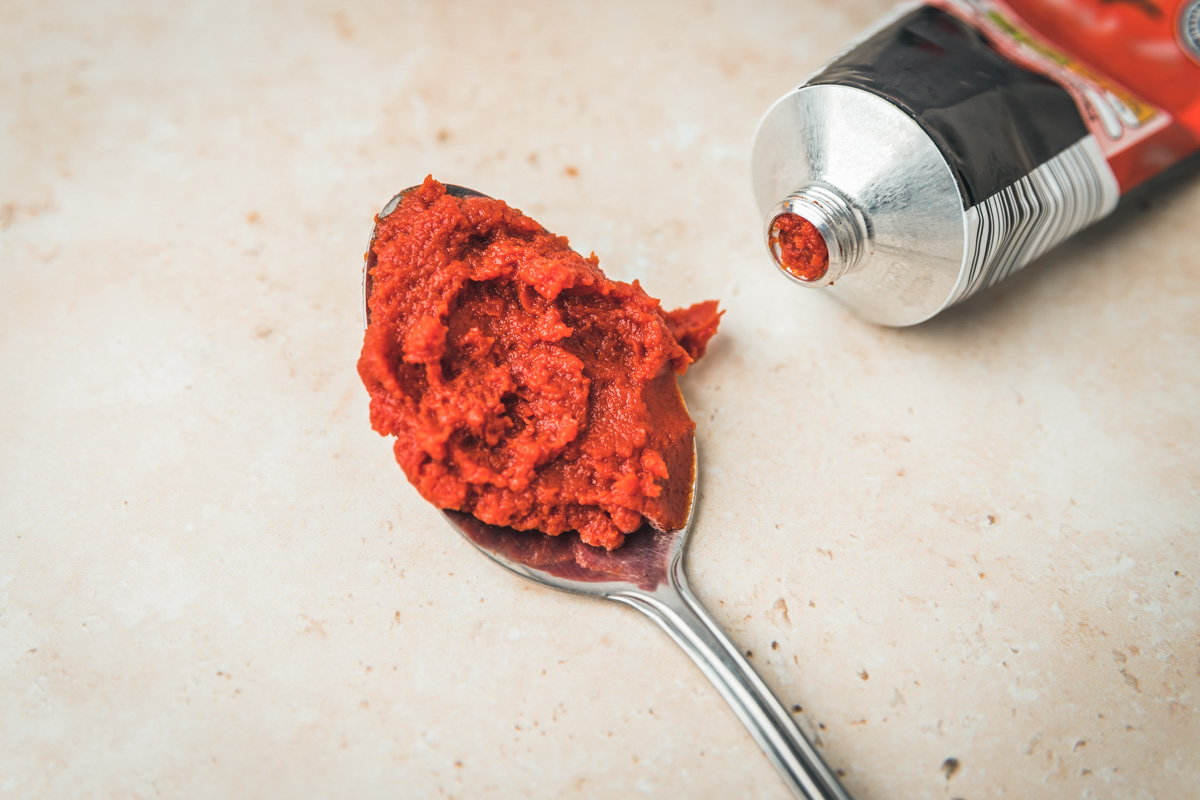
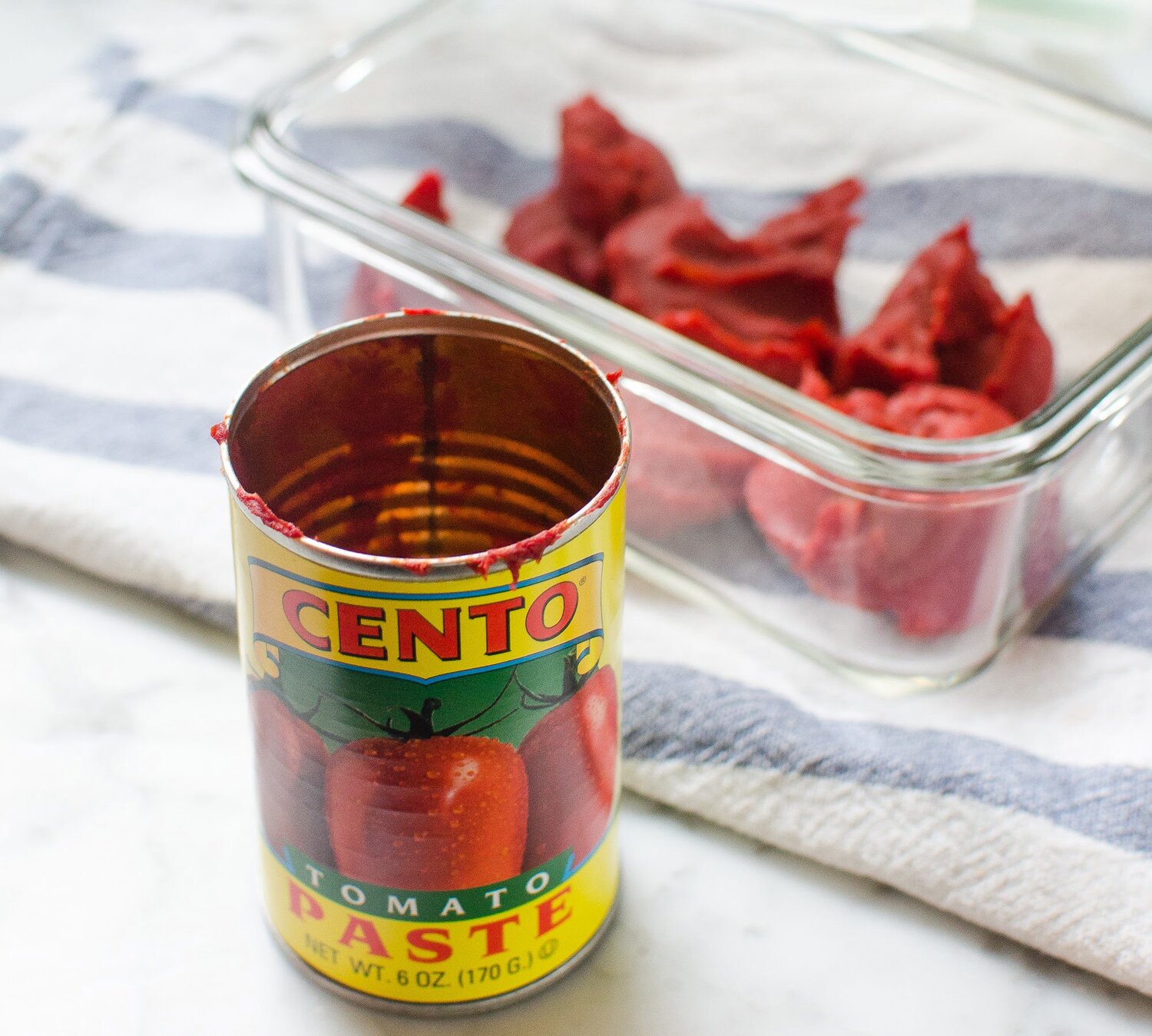
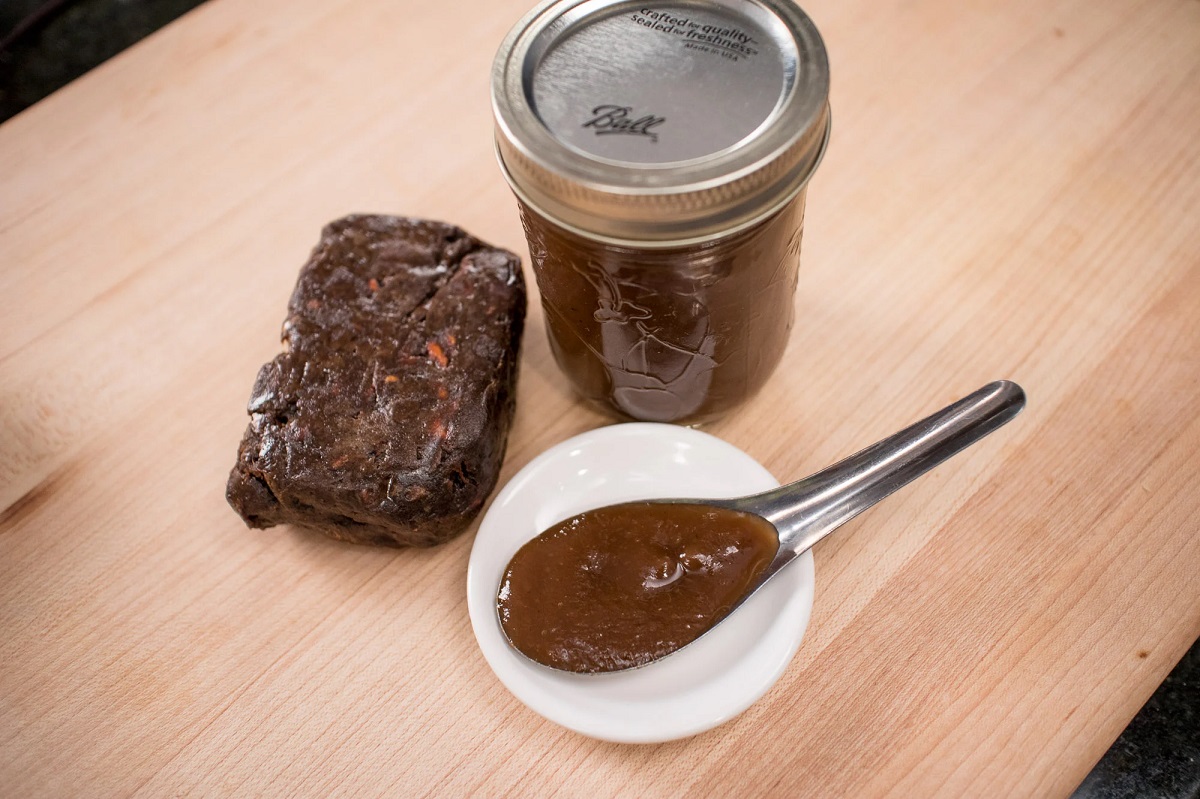
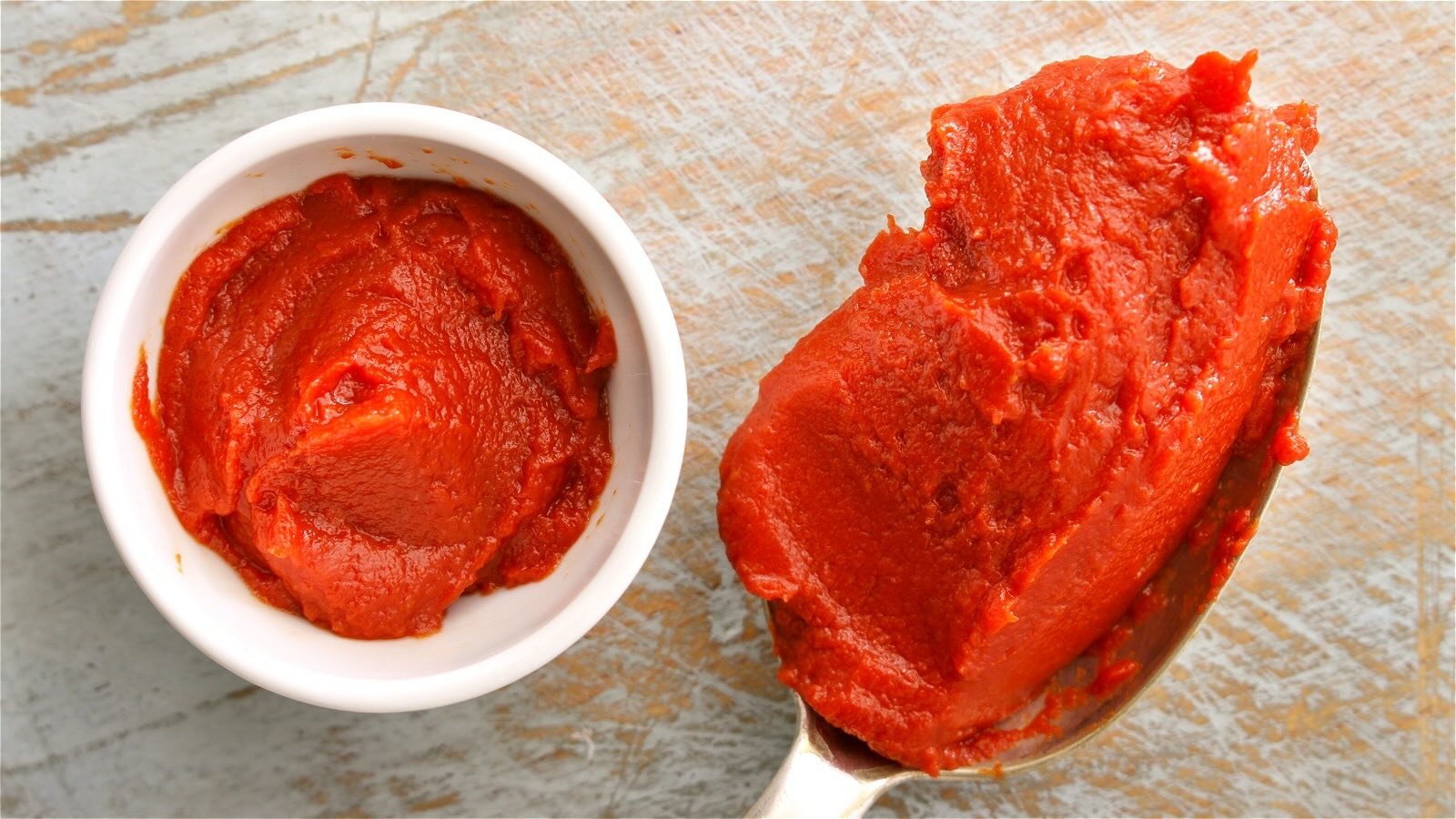
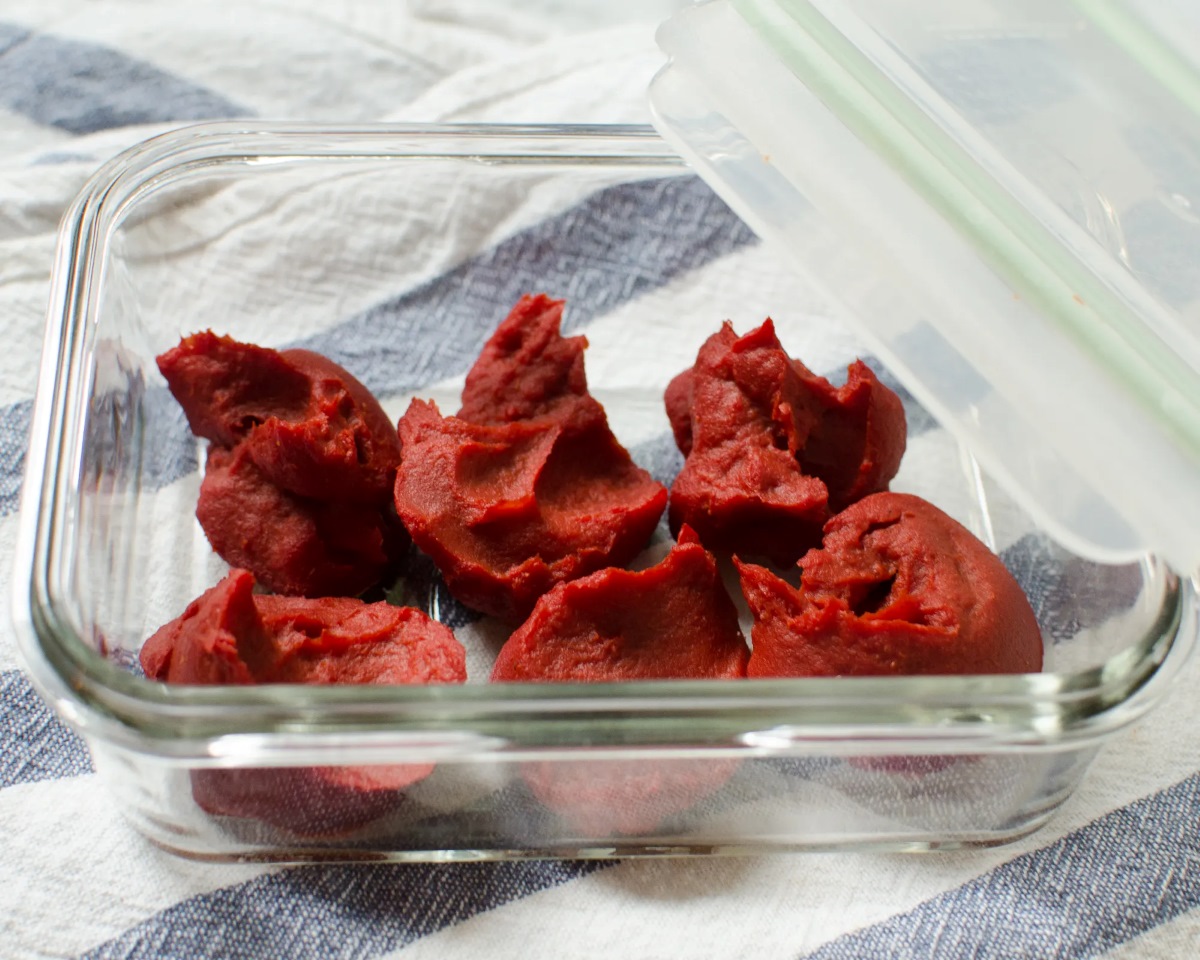
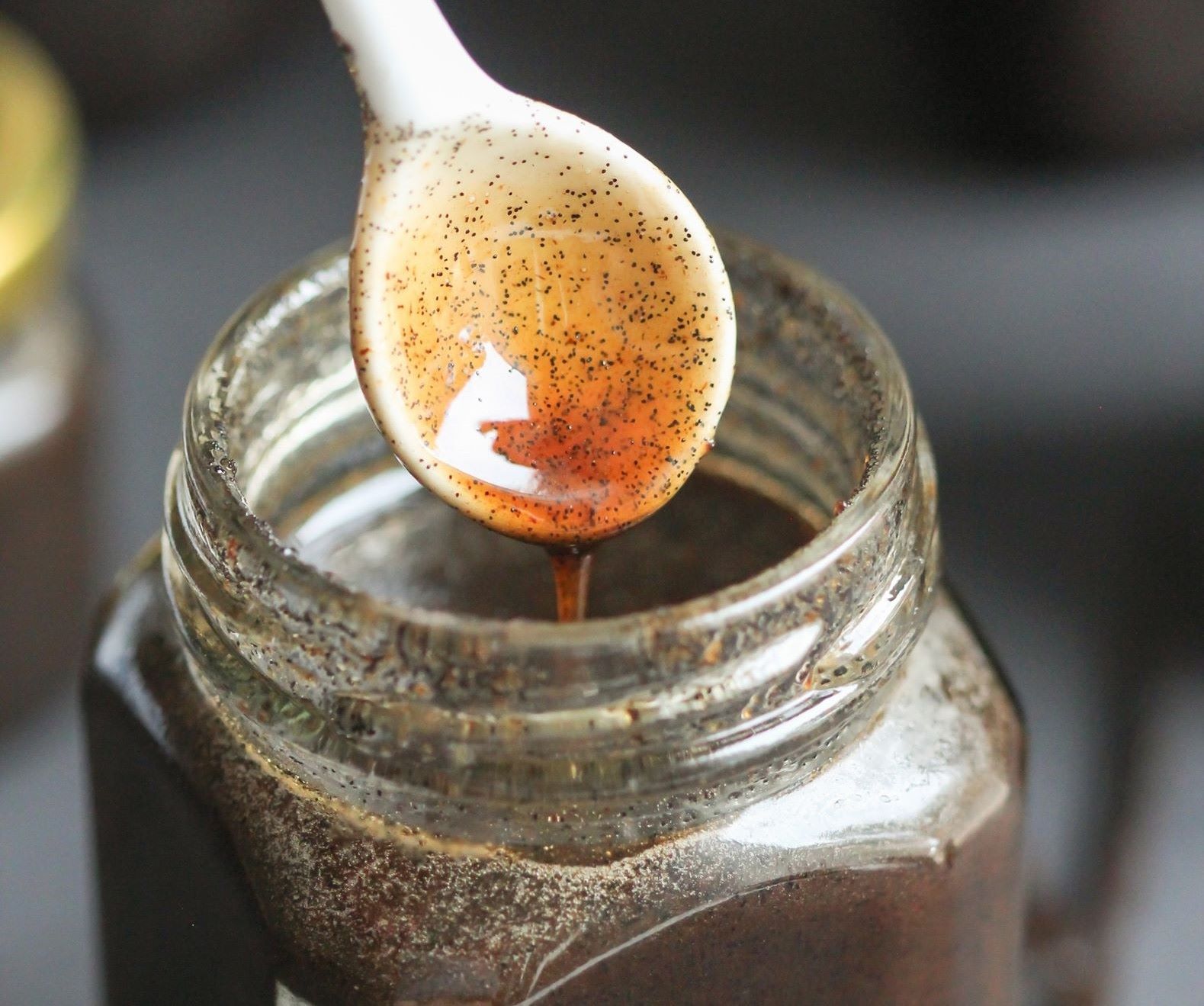
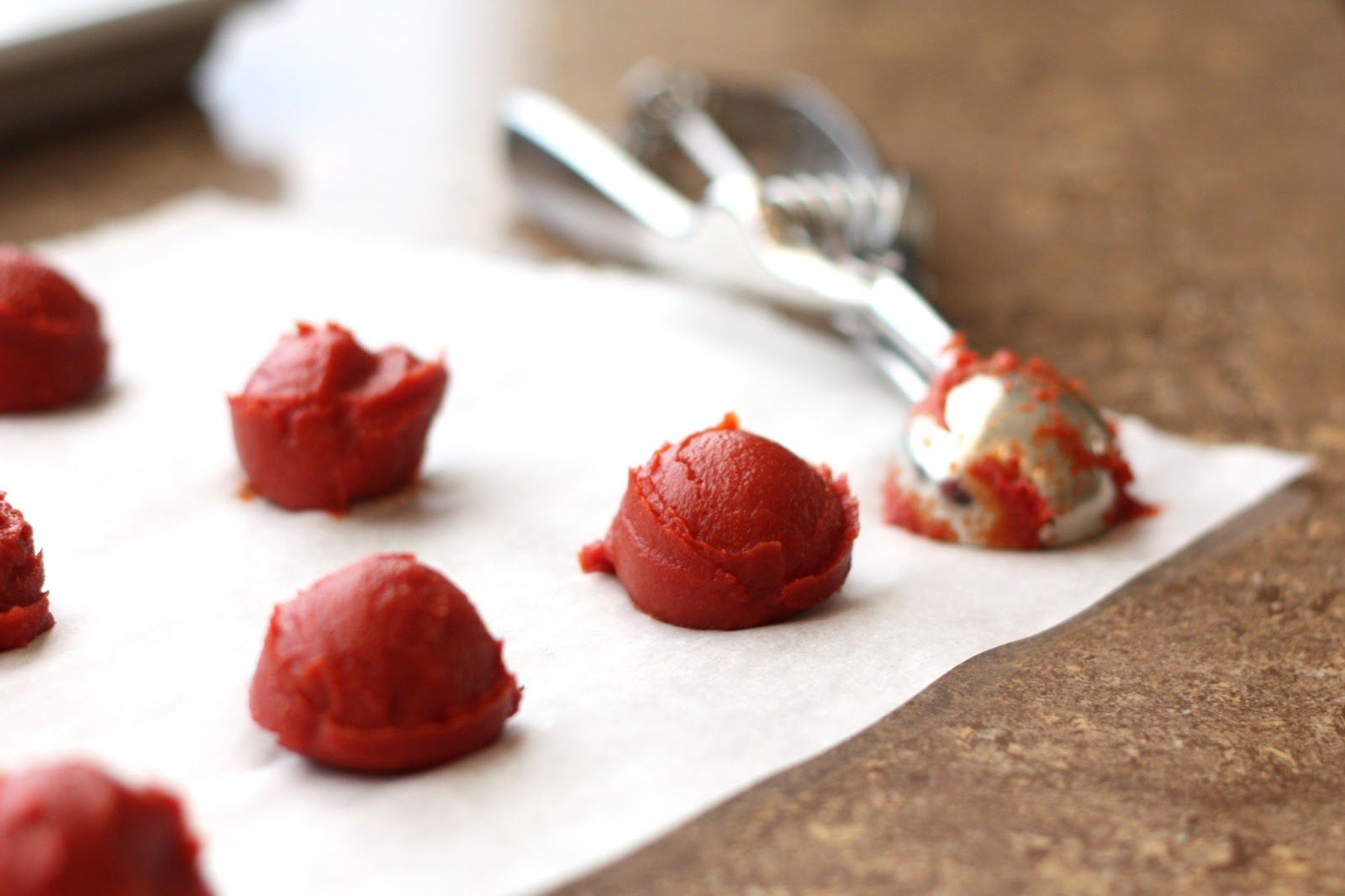

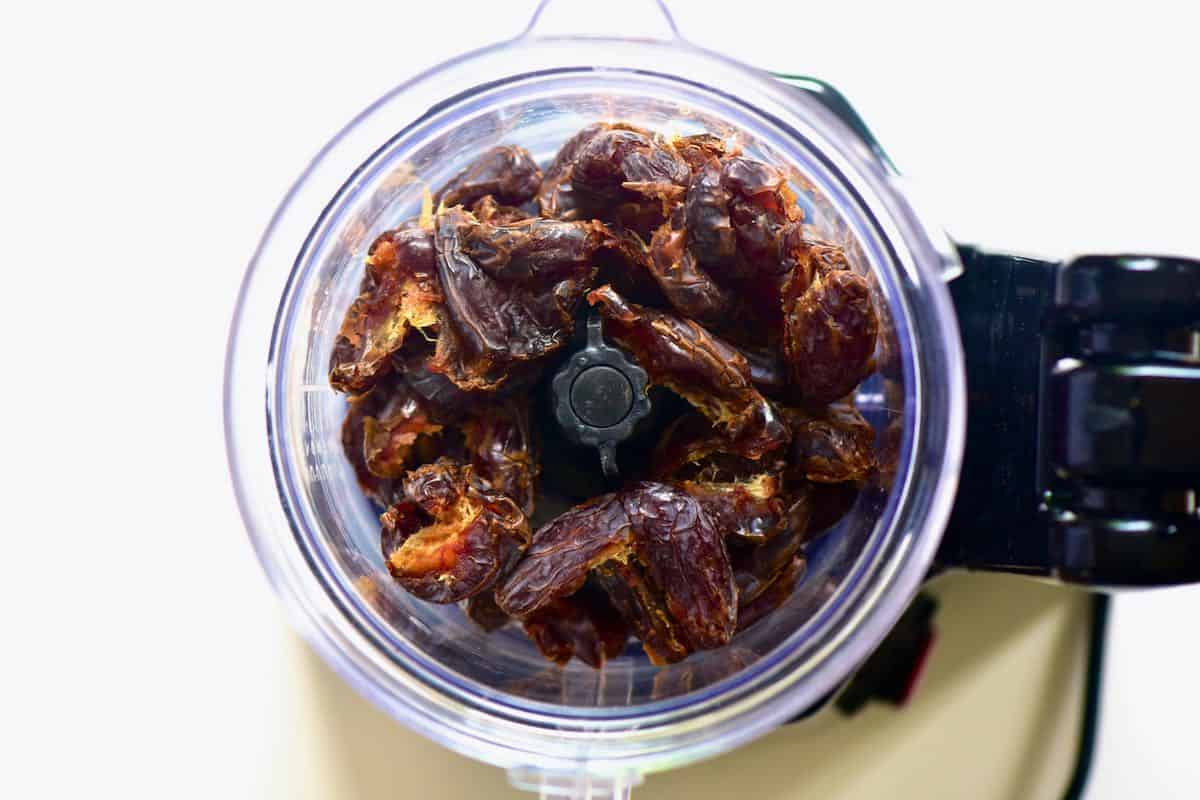
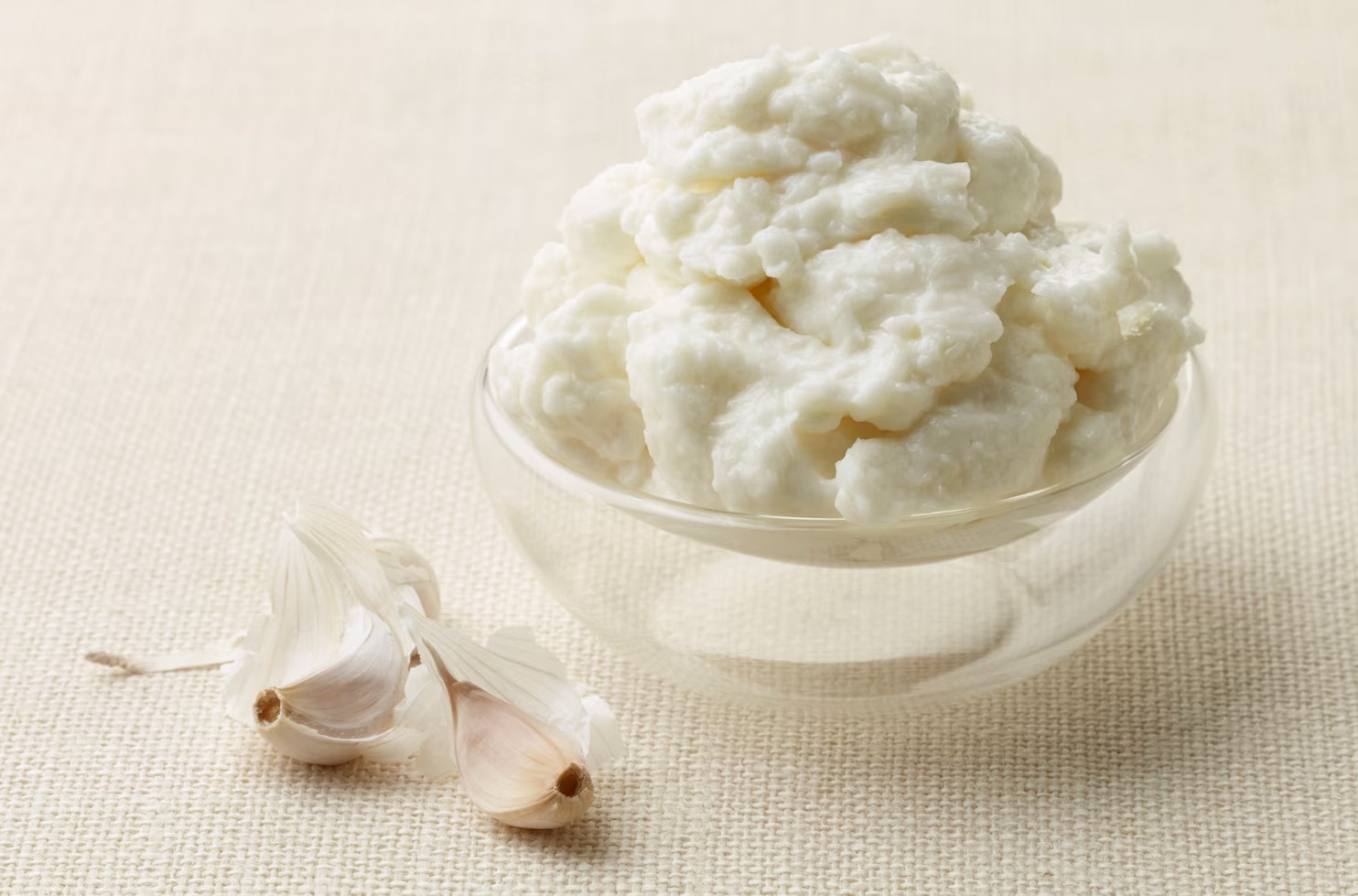


0 thoughts on “How To Store Miso Paste”